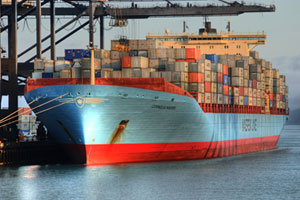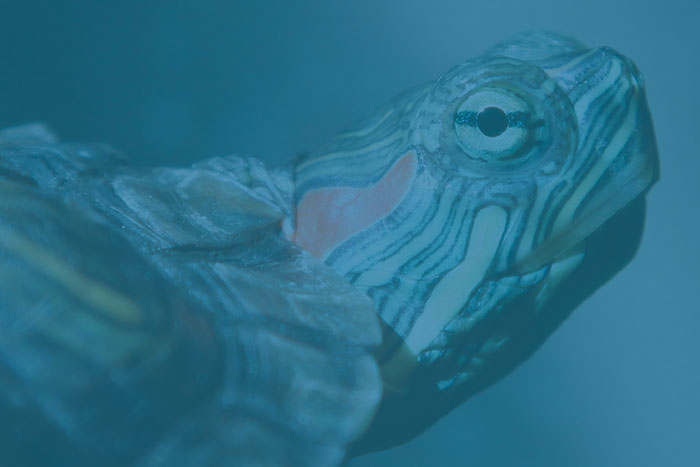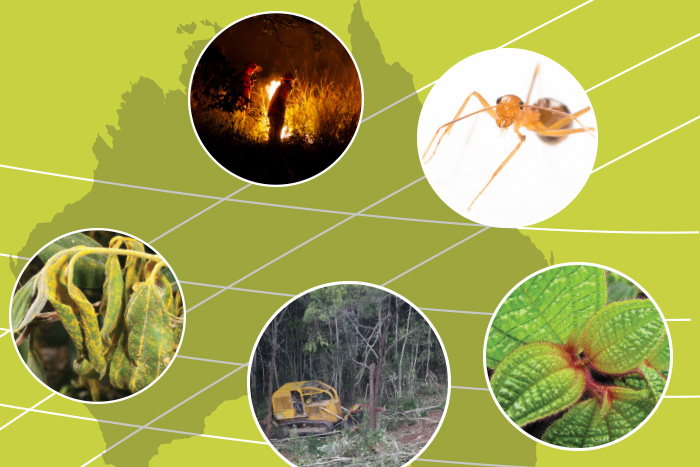
Submission to the interim national priority list of exotic environmental pests and diseases
The Invasive Species Council supports the development of an interim national priority list of exotic environmental pests and diseases as the first step in developing a more comprehensive list of environmental biosecurity risks for Australia.











